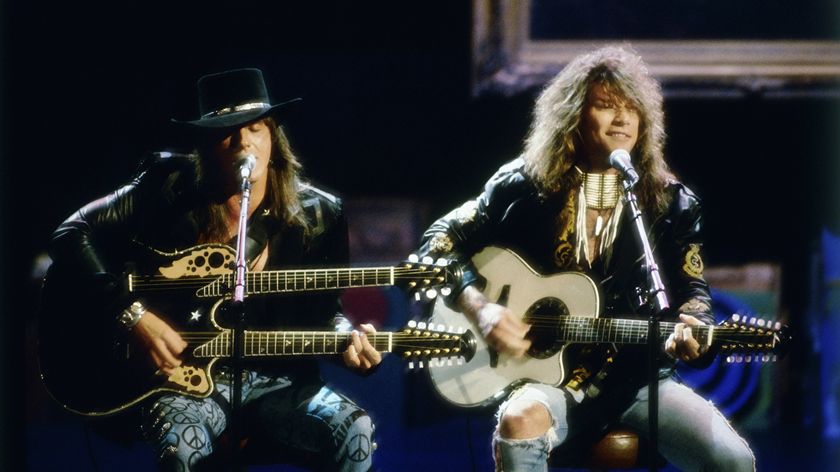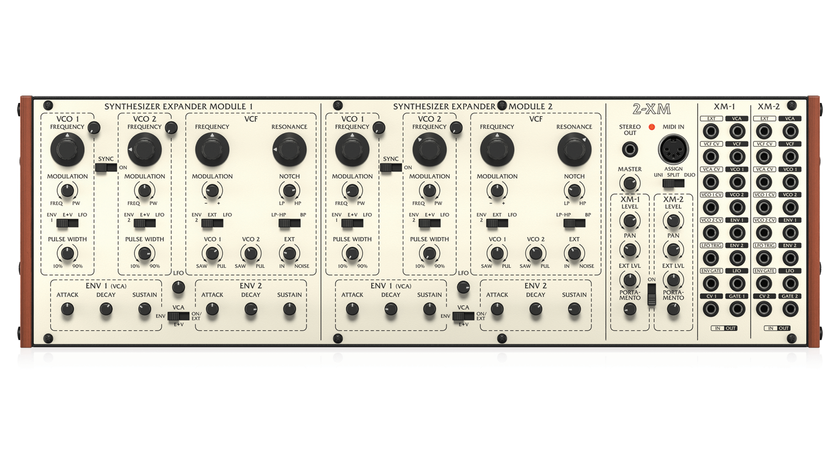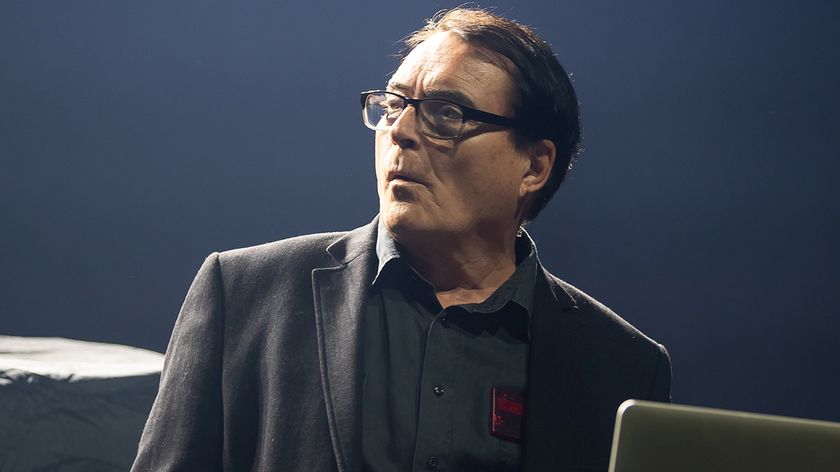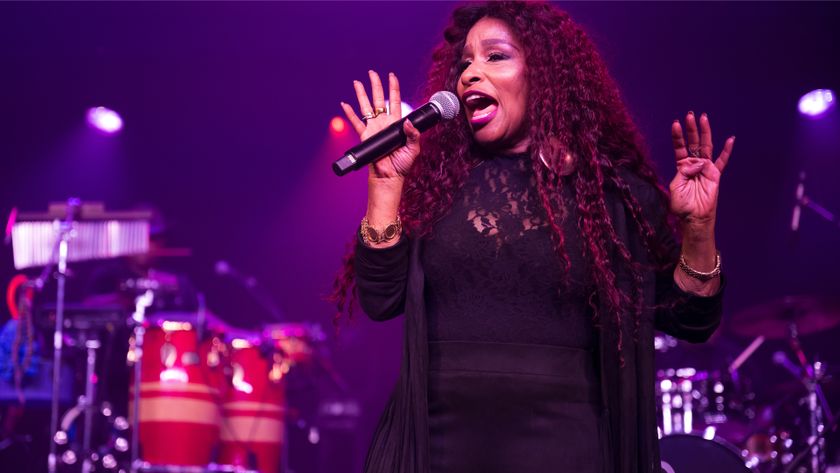Two more ‘best acoustics of all time’
Ovation Balladeer/Electric Legend 1966/1974
When flat-backs became bowl-backs and acoustics turned electric…
Guitarist Charlie Kaman´s background in the synthetics-obsessed aviation industry told him that wood was not the only material suitable for building things. He also reasoned that the acoustic guitar´s traditional square-backed design might not even be the best shape to project sound.
In 1966 various prototypes were built, looking much like a regular acoustic but with ‘bowl´ backs made from Kaman´s new material, Lyracord. The results showed evenness of tone and levels of projection and volume that amazed but didn´t altogether surprise him. The following year the guitar, named Balladeer, received new appointments that gave it the visual identity that´s become so associated with Ovation. Country vocal star and top session player Glenn Campbell soon became involved, receiving his own Artist Balladeer models and providing the company with the leg-up it needed. Before long, Ovation guitars were the ones to be seen with.
Fast-forward into the next decade and Campbell´s influence takes Ovation, and acoustic guitars in general, to their next level. Glenn wanted to amplify his guitar, but while magnetic soundhole pickups weren´t ‘acoustic´ enough, microphones and stick-on ‘bugs´ were unsatisfactory and impractical. Enter the new Balladeer (now renamed Legend) and its six-way under-saddle piezo system with onboard preamp. Now stadium rock bands, as well as country and folk artists, could play acoustic guitars on stage. The rest, as they say, is history.
Yamaha FG140 1968
A guitar that changed the perception that ‘good´ must also mean ‘expensive´…
Although Yamaha has been producing musical instruments in Japan for more than a century, its first steel-strung acoustic guitars appeared in the late 1960s under the FG or ‘folk guitar´ guise. It was the era of hippies and flower power, when the ownership of a campfire acoustic was your ticket to pleasures untold.
Simply but sturdily built, the FG-140 was the workhorse of the FG range. It was basic looking, with minimal ornamentation that included dot position markers and a few rings of purfling around the soundhole. Body design avoided Martin´s familiar Dreadnought look by narrowing the shoulders and slightly widening the guitar´s lower bout. This, with Yamaha´s trademark ‘cleft´ headstock shape and modernised teardrop scratchplate, made for an attractive, updated look.
While the FG´s construction was all but bullet proof, one blot on an otherwise perfect landscape was set of indifferent open-geared tuners.
But the FG´s major surprise was its sound. It was big, warm and woody, with great balance between treble and bass and with enough mids to punch through.
Many players still have their late sixties or early seventies FG guitars and rate them as highly as instruments costing ten times more. They´re even beginning to register on the ‘vintage´ market, so pick up a nice clean one and it could (literally) be a sound investment.
Get the MusicRadar Newsletter
Want all the hottest music and gear news, reviews, deals, features and more, direct to your inbox? Sign up here.











![Chris Hayes [left] wears a purple checked shirt and plays his 1957 Stratocaster in the studio; Michael J. Fox tears it up onstage as Marty McFly in the 1985 blockbuster Back To The Future.](https://cdn.mos.cms.futurecdn.net/nWZUSbFAwA6EqQdruLmXXh-840-80.jpg)